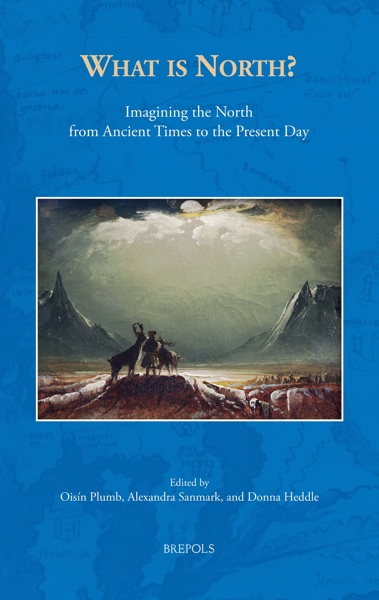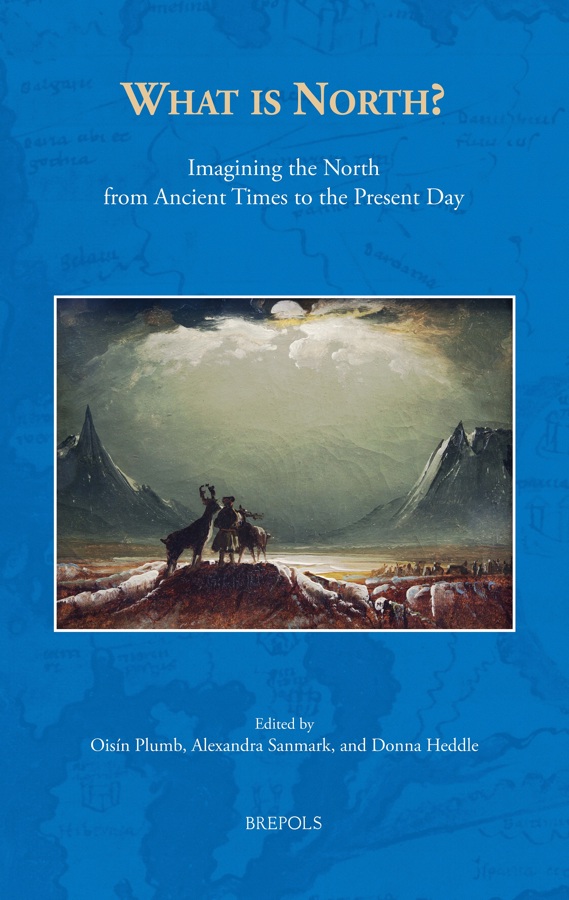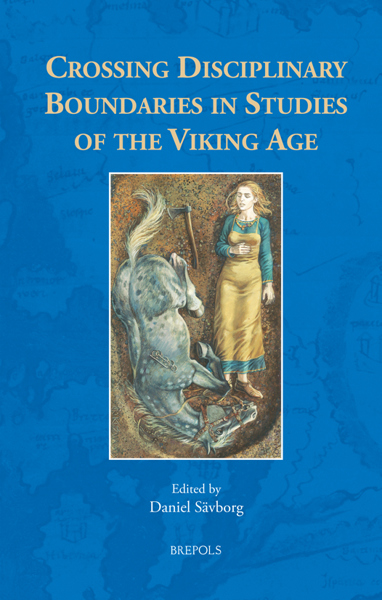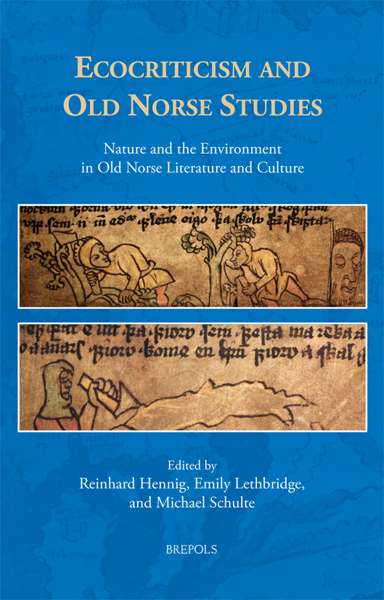
What is North?
Imagining the North from Ancient Times to the Present Day
Oisín Plumb, Alexandra Sanmark, Donna Heddle (eds)
- Pages: 408 p.
- Size:156 x 234 mm
- Illustrations:18 b/w, 11 tables b/w.
- Language(s):English
- Publication Year:2020
- € 105,00 EXCL. VAT RETAIL PRICE
- ISBN: 978-2-503-58502-4
- Hardback
- Available
- € 105,00 EXCL. VAT RETAIL PRICE
- ISBN: 978-2-503-58503-1
- E-book
- Available
- Contains contributions in Open Access
The North Atlantic World: Cold, tough, dark; or tranquil, pure, untamed and magical – as visualised from ancient times until today.
- North Sea lands studies (c. 500-1500)
- Customs, traditions & identities
- Comparative & cultural studies through literature
- Cultural & intellectual history (c. 500-1500)
- Historiography (c. 500-1500)
- Viking studies
- Scandinavian & Baltic lands (c. 500-1500)
- Historiography (c. 1501-1800)
- Scandinavian & Baltic lands (c. 1501-1800)
“(…) What Is North? represents a welcome contribution to the field of North Atlantic studies and medieval studies.” (E. R. Truitt, in The Medieval Review, 21.08.29)
“This volume, and this series, are products of the institute, at University of the Highlands and Islands, and its scope confirms the importance of the work in this distant, northern centre of scholarship.” (Roderick McDonald, in Journal of the Australian Early Medieval Association, 24.02.2022, p. 230)
The British Isles, Scandinavia, Iceland, Greenland, and Eastern Canada, alongside many small islands, form a broken bridge across the northern extremities of the Atlantic Ocean. This ‘North Atlantic World’ is a heterogeneous but culturally intertwined area, ideally suited to the fostering of an interest in all things northern by its people. For the storytellers and writers of the past, each more northerly land was far enough away that it could seem fabulous and even otherworldly, while still being just close enough for myths and travellers’ tales to accrue. This book charts attitudes to the North in the North Atlantic World from the time of the earliest extant sources until the present day. The varied papers within consider a number of key questions which have arisen repeatedly over the centuries: ‘where is the North located?’, ‘what are its characteristics?’, and ‘who, or what lives there?’. They do so from many angles, considering numerous locations and an immense span of time. All are united by their engagement with the North Atlantic World’s relationship with the North.
Introduction — OISÍN PLUMB, ALEXANDRA SANMARK, AND DONNA HEDDLE
‘Upon the Utmost Corners of the Warld’. Orkney in Early Maps and Literature — DONNA HEDDLE
‘Beyond the Range of Human Exploration’. Cormac and the ‘North’ in the Seventh Century — OISÍN PLUMB
The Old North in Medieval Wales — MARGED HAYCOCK
The Future Is East. Ideological Mapping in the Vínland Sagas — JOHN MOFFATT
Moulding One Another. Grettir and the Landscape — EDUARDO RAMOS
The Worlds in Grímnismál. Norse and Medieval Christian Understandings of Space — VITTORIO MATTIOLI
The Literary Landscape of Old Norse Poetry — AGNETA NEY
Sámi Magic and Rituals from Historia Norwegie to Johannes Schefferus, c. 1150–1680 — ELLEN ALM AND RUNE BLIX HAGEN
On Solid Ground. Learning from the Lore of Imagined Lands — KARIN MURRAY-BERGQUIST
Maeshowe, Orkahaugr. The Names of Orkney’s Great Burial Mound as Nodes in a Heteroglossic Web of Meaning-Making — RAGNHILD LJOSLAND
Rites, Runes, and Maeshowe. Northern Landscapes and Lived Belief — JAY JOHNSTON
Ballantyne ‘on the Rocks’. The Arctic as Adventure-Arena — JOCHEN PETZOLD
Self-Images of Icelanders and their Attitude towards Greenland in the Nineteenth and Twentieth Centuries — SUMARLIÐI R. ÍSLEIFSSON
Literary Encounters with the Arctic Landscape. Among Nordic Explorers and Trappers — HENNING HOWLID WÆRP
Jessie Saxby and Viking Boys. Concepts of the North in Boys’ Own Fiction — LYNN POWELL
‘Neath the Midnight Sun’. Imagining the Canadian North through School Readers — CLAIRE SMERDON
The Image of the North as the Home of Evil in English Children’s Books — ANNA HEIÐA PÁLSDÓTTIR
Northernity. Inventing the North in Fantasy Literature — JIM CLARKE
Narrating Norden. Legacies, Links, and Landscape and their Symbolic Significance for Nordic Identity and Community Read through Nordic Noir Crime Fiction — JOHN W. DYCE
Reinventing Agnes. The Role of Icelandic Landscape, Nature, and Seasons in Hannah Kent’s Speculative Biography Burial Rites — INGIBJÖRG ÁGÚSTSDÓTTIR




